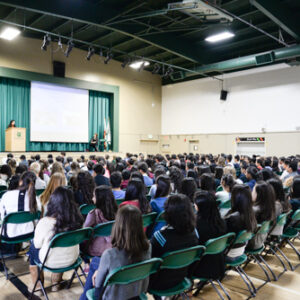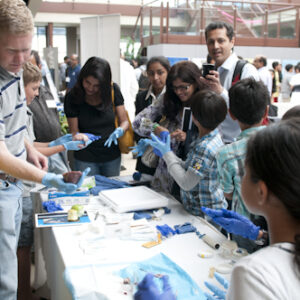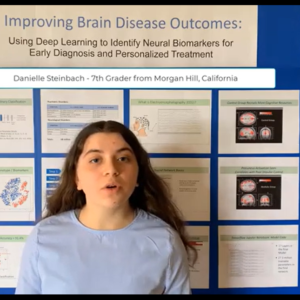On Nov. 18, Harker hosted a special appearance from Dr. Sridhara Dasu, a scientist with CERN, the European Organization for Nuclear Research. Dasu is part of the team working on the Large Hadron Collider (LHC), a massive particle accelerator located on the French-Swiss border that is designed to recreate the conditions that existed less than a billionth of a second after the Big Bang.
Dasu began his talk by bringing the audience up to speed on the development of the field physics, summarizing the discoveries of physicists such as Albert Einstein and Werner Heisenberg. He also covered the properties and behavior of electrons, protons, photons and other particles that physicists observe. During a slideshow presentation, he explained how these different particles travel through the LHC and how the giant structure captures their movement. One goal of the LHC, he said, was to confirm the existence of a particle known as the Higgs boson, which could help explain the origins of mass in the universe.
One of Dasu’s graduate students, Kyle Knoepfel, also spoke about his work at the Stanford Linear Accelerator (SLAC). Though not nearly as large as the LHC, Knoepfel said, the SLAC can still offer indirect assistance to the scientists at CERN, by informing them what not to look for.










